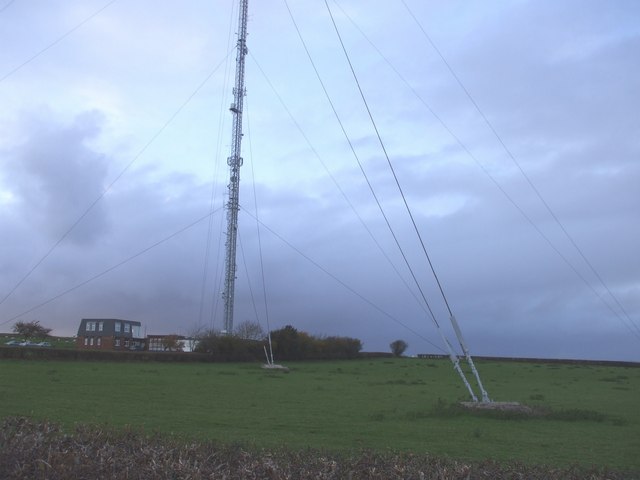1) Rigidity is the key. If you are building a welded steel machine, I'd have a welded ladder style table, with 1-2 layers of plywood screwed and bonded to the steel frame, with an MDF spoilboard on top of that.
2) I'd use at least 50mm x 50mm with at least 5mm wall thickness. The bigger, the better.
3) Inertia is only an issue if the machine is underpowered. Unfortunately, speed costs money.
4) Not sure I understand, but it sounds like you'd just make the nut bracket to accommodate the required height.
5) The farther apart, the better.





 Reply with Quote
Reply with Quote






